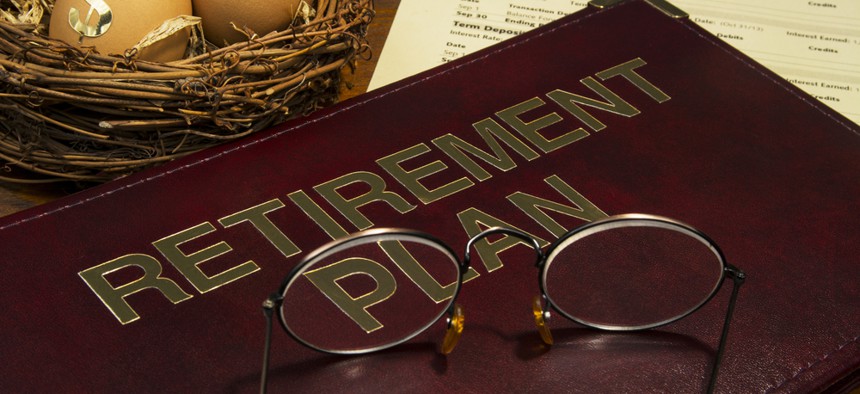Here’s Some Good News About Your Retirement Benefit
It’s safe for the next 80 years, says the Congressional Research Service.
Are you in the mood for some encouraging news?
Every year, the Congressional Research Service issues a report called, “Federal Employees’ Retirement System: Budget and Trust Fund Issues.” This year’s report states that there is no point over the next 80 years at which the assets of the Civil Service Retirement and Disability Fund are projected to run out. The CSRDF provides retirement benefit payments for federal retirees covered under both the Civil Service Retirement System and the Federal Employees Retirement System.
The CSRDF held a balance of $835.7 billion at the end of fiscal 2013, and obligations from the fund totaled $77.5 billion. Those consisted mostly of annuity payments to retirees and their survivors. The fund also covers payments to estates of deceased federal employees and retirees of any money left in the employee or retiree’s retirement account. Those added up to $445 million in fiscal 2013. Administrative expenses for the fund totaled $128 million, or 0.17% of total obligations. (It’s also interesting to note that $2 million was transferred from the CSRDF to the Merit Systems Protection Board last year to pay for favorable retirement decisions for employees and retirees who won their appeals of a retirement decision or error.)
To help you understand what the CSRDF really is, remember that FERS is actually three different retirement systems: a basic retirement benefit, administered by the Office of Personnel Management and financed by the CSRDF; the Social Security retirement benefit, administered by the Social Security Administration and financed by the Social Security trust fund; and the Thrift Savings Plan, administered by the Federal Retirement Thrift Investment Board and financed by employee and employer contributions.
The long-term costs of paying the FERS retirement benefit are about half as much as future CSRS retirement benefits due to the less generous computation of the retirement benefit. That means the long-range costs of FERS are lower.
Employees contributed $3.5 billion to the CSRDF in fiscal 2013 to finance FERS and CSRS retirement benefits. Those came in the form of salary witholdings of 0.8 percent for those under FERS (although that percentage is going up for employees hired more recently) and 7 percent for CSRS. It also gained nearly $22 billion through contributions from federal agencies on behalf of their employees. For CSRS employees, agencies match the 7 percent employees contribute. For FERS, the figure is 11.9 percent for employees hired prior to 2013 -- and up to 24.6 percent for law enforcement officers, firefighters and certain CIA employees hired before 2013.
CSRS had an unfunded liability of $33 billion in 2013 that was covered by the general fund of the Treasury. But the CRS report notes that this does not pose a threat to the solvency of the fund. The unfunded liability totaled $789.9 billion in fiscal 2012, and according to actuarial estimates it will continue to rise until 2015, when it will peak at $855.9 billion. Then it is projected to steadily decline until it turns into a surplus of $46.1 billion by 2090.
The CSRDF is similar to Social Security because by law, 100 percent of its assets must be invested in special issue U.S. Treasury Bonds or other bonds backed by the full faith and credit of the United States government. When the trust fund needs cash to pay retirement benefits, it redeems the bonds and the Treasury disburses an equivalent dollar value of the payments to retired annuitants.
Because the bonds held by the trust fund are a claim on the U.S. Treasury, they ultimately are paid for by the taxpayers. I guess that means federal employees are partially responsible for paying their own retirement benefits in more ways than one.
(Image via Jerry Sliwowski/Shutterstock.com)




